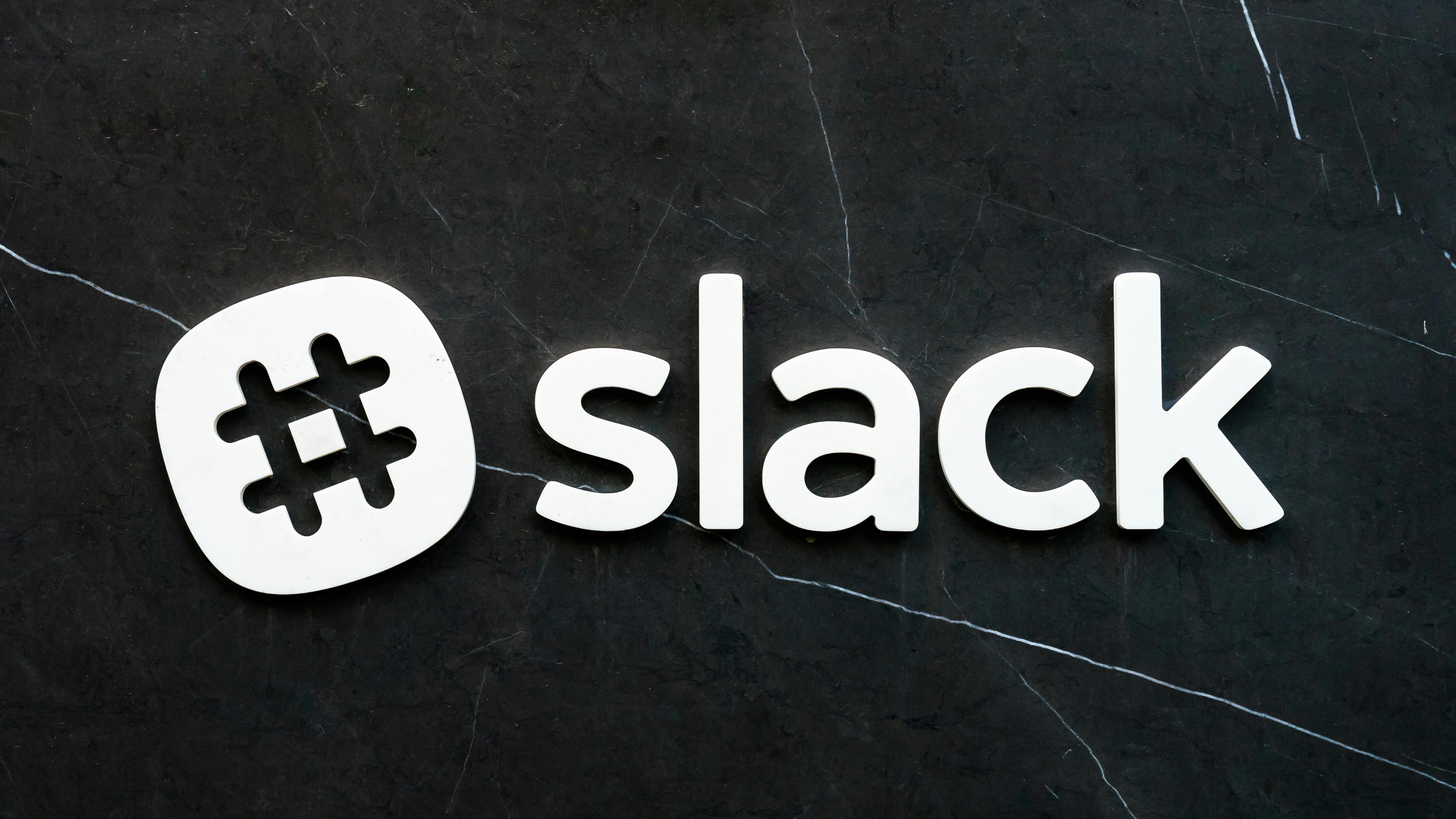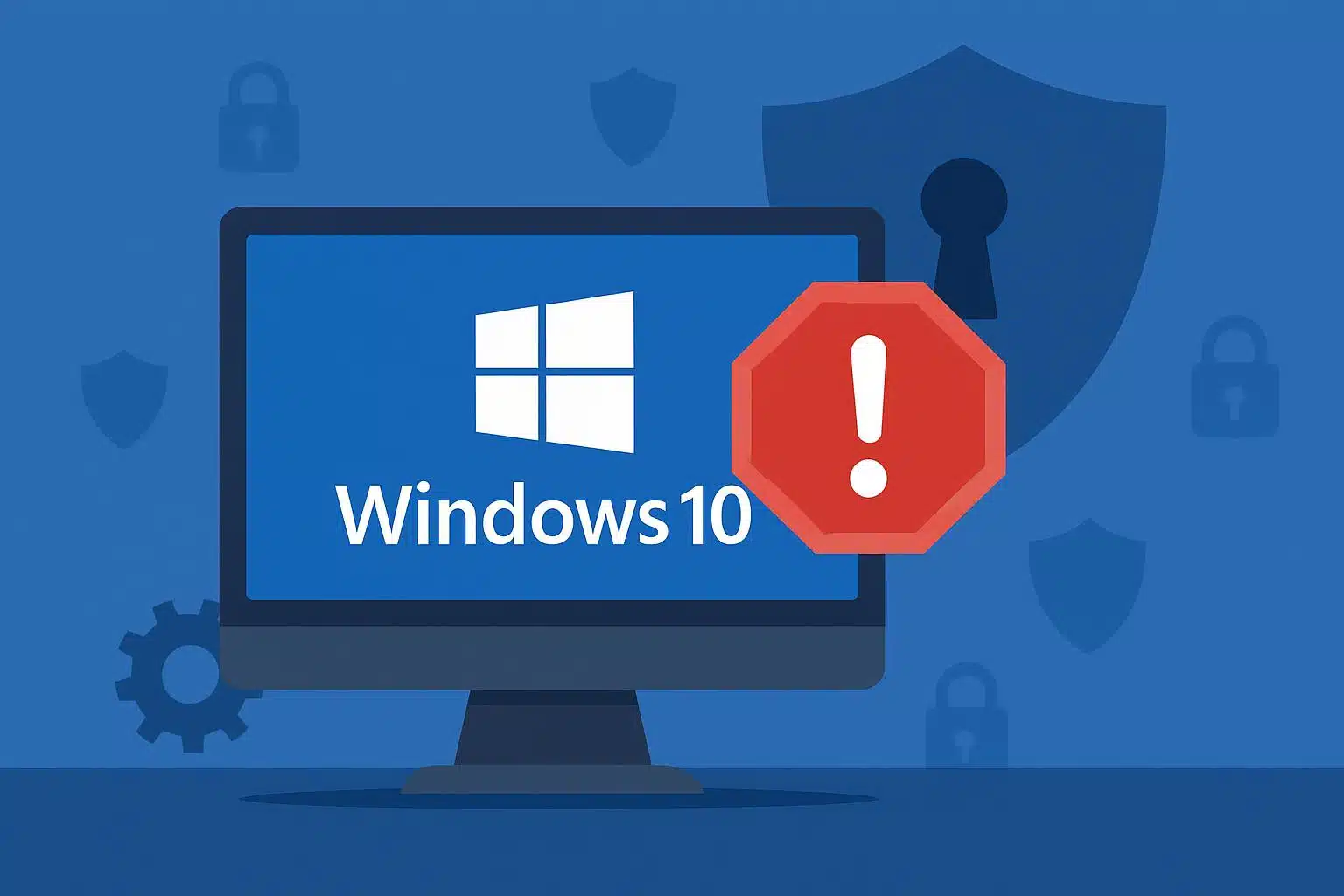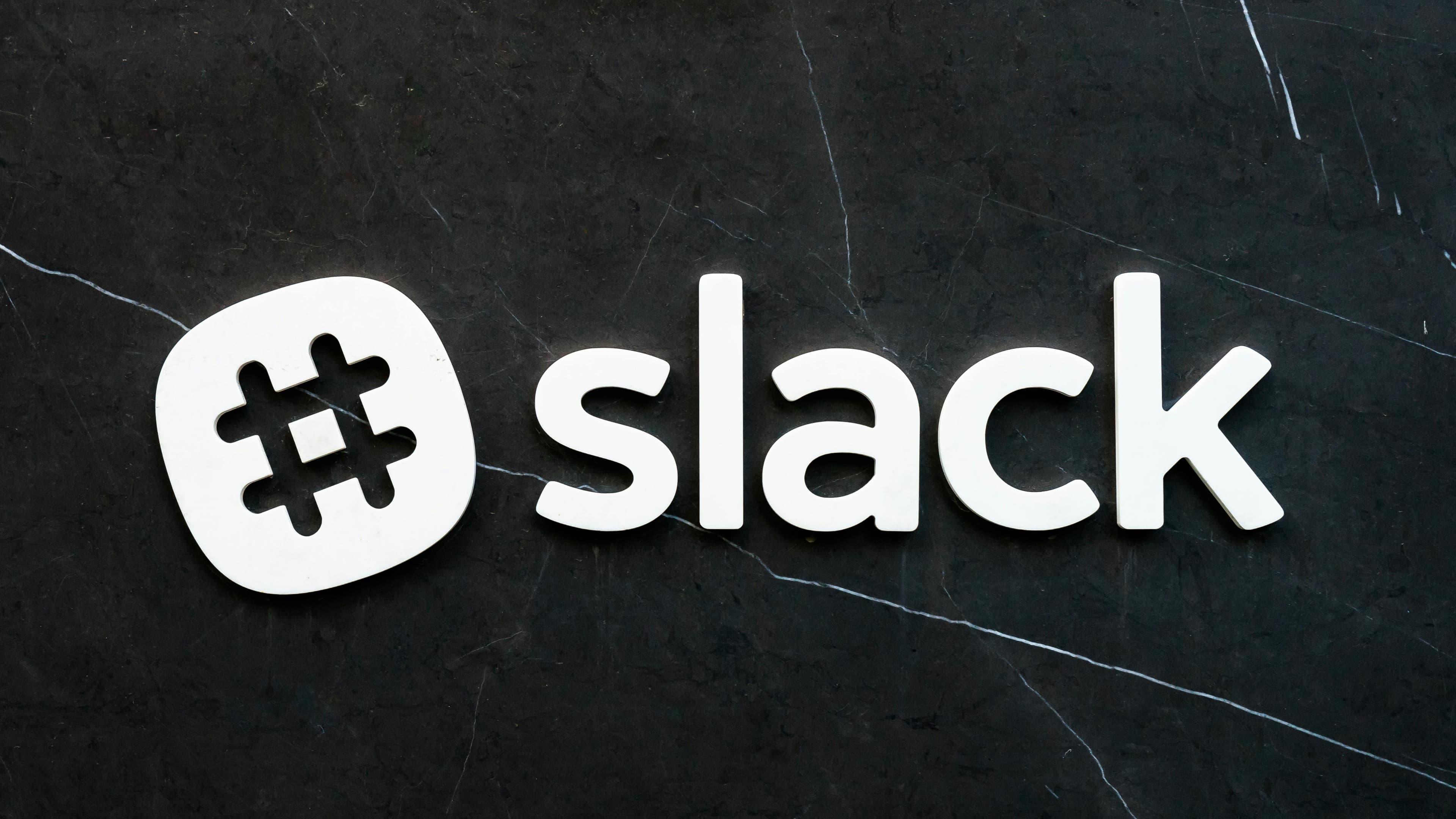The Future of Work: How Remote Collaboration Tools Are Shaping Tomorrow’s Office
The pandemic may have ignited the remote work revolution, but it’s the rise of remote collaboration tools that’s reshaping the office of the future. With many businesses realizing the benefits of remote work—higher productivity, lower costs, and access to global talent—the traditional 9-to-5 office job might soon become a relic of the past.
These new collaboration tools are allowing teams to stay connected, whether they’re across the street or across the globe. From real-time brainstorming on virtual whiteboards to AI-driven project management platforms that automate task delegation, the future workplace is not bound by geography. Let’s take a closer look at how these tools are redefining how we work, communicate, and collaborate.
1. Communication Without Boundaries
Gone are the days of long email chains and endless meetings. Remote collaboration tools have made it possible to communicate in real-time, no matter where team members are located. Platforms like Slack and Microsoft Teams provide instant messaging, file sharing, and even video conferencing all in one place.
These tools aren’t just about staying connected—they foster a sense of team spirit, even when employees are scattered around the globe. Video calls feel more like in-person meetings thanks to features like breakout rooms and virtual backgrounds. AI-powered transcription tools, such as Otter.ai, can now record and summarize meetings, ensuring no one misses critical details.
For companies that work across time zones, asynchronous communication tools—where messages don’t require an immediate response—allow employees to collaborate without worrying about scheduling conflicts. This flexibility keeps work flowing smoothly while respecting personal schedules.
2. Project Management Reimagined
Managing projects remotely used to be a logistical nightmare, but that’s changing with AI-powered project management tools like Trello, Asana, and Notion. These platforms streamline task assignments, deadlines, and progress tracking—making sure nothing falls through the cracks.
What’s exciting is how AI is taking project management to the next level. AI algorithms can now predict potential bottlenecks, suggest task prioritizations, and even assign tasks based on individual team members’ skills and availability. With automated workflows, managers can spend less time micromanaging and more time focusing on strategy.
For creative teams, collaboration tools like Figma and Miro allow team members to brainstorm visually in real-time, creating a virtual workspace that mimics a physical office. Whether designing a new product or working on a marketing campaign, these tools are bringing creative minds together no matter the distance.
3. Virtual Offices: The New Norm
Imagine stepping into a virtual office where you can interact with your colleagues, attend meetings, and even gather by the water cooler—all from the comfort of your home. This is the promise of virtual offices, a concept that’s quickly gaining traction.
Platforms like Gather and Virbela are building fully immersive virtual workspaces that replicate the dynamics of a physical office. Employees can create avatars, navigate through virtual office spaces, and even have spontaneous “hallway” conversations with colleagues. This blend of social interaction and professional collaboration is redefining remote work culture.
The metaverse, a digital universe where people can interact in a 3D environment, is another frontier for remote work. Big tech companies like Meta and Microsoft are investing heavily in creating metaverse spaces for businesses. In the not-so-distant future, we might all be working in a virtual world that feels just as real as the physical one.
4. Cloud-Based Productivity: Work from Anywhere
The shift to cloud-based collaboration has opened up a world of possibilities. Tools like Google Workspace and Microsoft 365 allow employees to work on documents, spreadsheets, and presentations simultaneously, regardless of their location.
Cloud-based tools offer more than just convenience; they provide security and peace of mind. Companies can store sensitive data securely on cloud servers, ensuring it’s easily accessible to the right people while staying safe from cyber threats.
For businesses, the cloud means agility. Whether a company needs to scale up quickly or adapt to changing business needs, cloud solutions make it easy to adjust without the need for expensive hardware or physical infrastructure.
5. Collaboration Across Cultures: Global Teams, Local Touch
One of the most profound impacts of remote collaboration tools is their ability to break down geographical barriers. Companies can now tap into a global talent pool, hiring the best people for the job, regardless of where they live.
However, managing cross-cultural teams requires more than just technology—it requires understanding. Tools like Loom and Yac are making it easier to communicate across different cultures and time zones through video messaging, allowing employees to convey tone and body language that can sometimes get lost in text.
As companies continue to hire globally, we’re also seeing an increased emphasis on diversity and inclusion in the workplace. Remote collaboration tools are making it possible to create teams that are not only more diverse but also more effective, bringing together a variety of perspectives and skills.
The Future of Work is Flexible
The future of work is shaping up to be more flexible, inclusive, and decentralized than ever before. Remote collaboration tools are paving the way for a world where work is no longer tied to a specific location or time zone. For employees, this means more freedom and work-life balance. For businesses, it means access to a broader talent pool and the ability to stay agile in an ever-changing world.
As technology continues to evolve, we can expect even more innovations in how we collaborate remotely. From AI-powered project management to immersive virtual offices, the future of work is closer than we think—and it’s looking bright.







